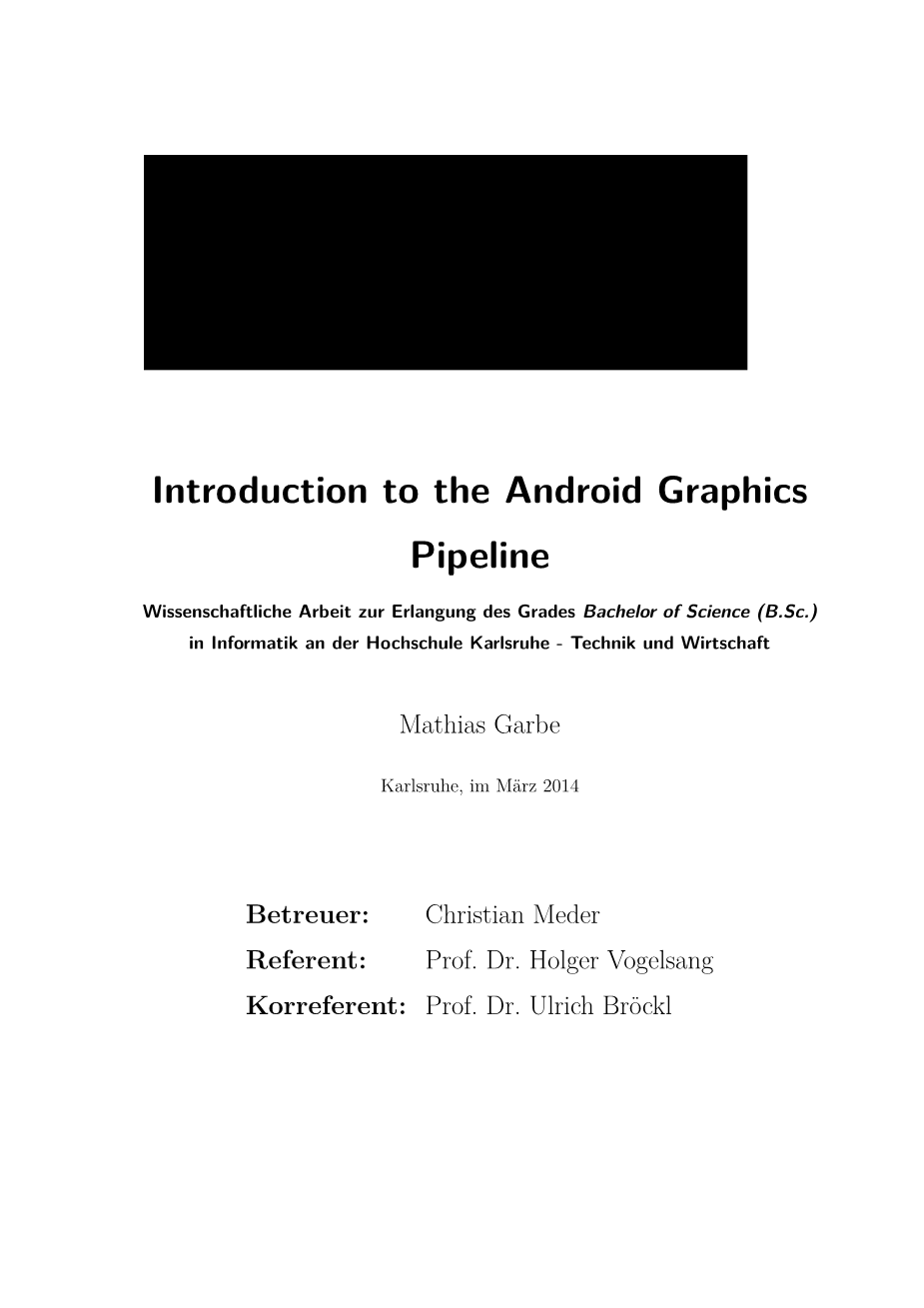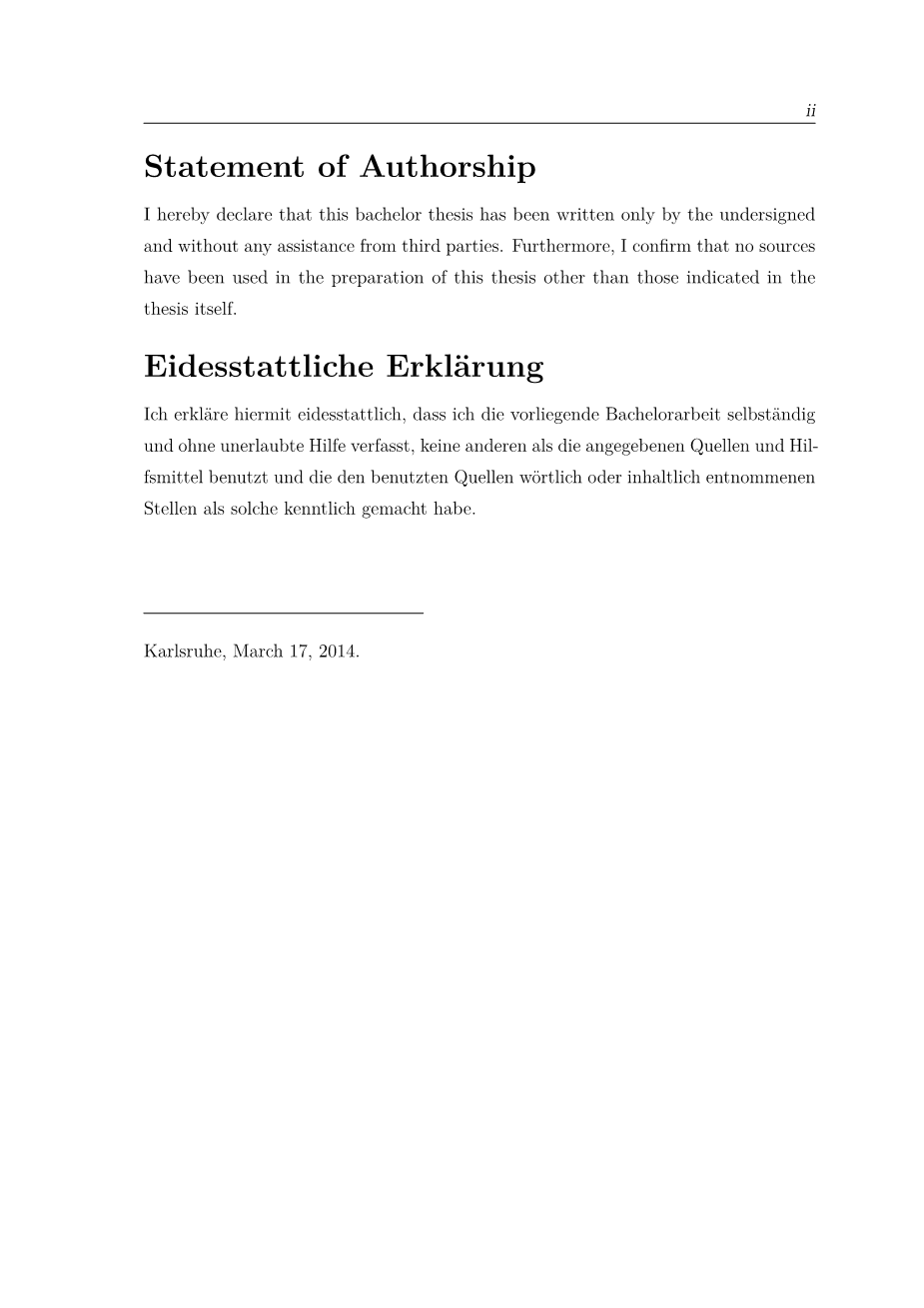

英语原文共 88 页,剩余内容已隐藏,支付完成后下载完整资料
1.Introduction
The Android operating system has a wide base of users and application developers. Androidrsquo;s Application Programming Interface (API) for writing applications is well documented and many tutorials are available on the web. Unfortunately, documentation of the actual Android operating system is scarce. The inner workings of the graphics pipeline in particular are only ever mentioned by Google employees in blog posts and on conference talks. This thesis aims to provide a basic overview of the graphics pipeline. This thesis is targeted at interested developers with prior knowledge of the Android framework. Readers can also use the official Android framework documentation1 and the Android Open Source Project (AOSP) website2 as a reference. The analysis and breakdown of the Android source code is based on Android 4.4.2 r2 (android-4.4.2_r23 ). All source code listings are also based on this Android version.
1.1 inovex GmbH
inovex GmbH4 was founded in 1999 in Pforzheim, Germany. Since then, it has been managed by its sole owner and founder, Stephan Muuml;ller. inovex GmbH has about 13 employees, with offices in Pforzheim, Karlsruhe, Cologne and Munich. The company is focused on contract work and is divided into multiple lines of business, which are Application Development, Business Intelligence, IT Engineering and theinovex Academy. This thesis was written with the Android embedded development team, which is a part of the Application Development line of business. Lectures at symposiums and published works in professional journals also have a high significance for its public image and are highly encouraged. The Droidcon and the Mobile Tech Conference are just two examples where inovex employees appear as regular speakers.
-
Introduction to the Architecture of Modern Graphic Processors Todayrsquo;s Graphics Processing Units (GPUs) differ greatly from early ones. While these typically only supported accelerated 2D drawing and bitmap blitting, modern GPUs have a much broader field of application. These early GPUs had hardware support for basic 2D drawing and animations. In practice this is copying image data from a bitmap to the framebuffer at a specific location, scale and rotation. Quite surprisingly, these early GPUs also introduced the hardware cursor to unburden the operating system and Central Processing Unit (CPU). This meant a huge boost in performance for this time and made non-text-based games possible. Modern GPUs still have all these basic 2D hardware features hidden somewhere on the chip itself (the die) [Gie11a], but their main focus has shifted quite heavily. Nowadays, GPUs provide accelerated 3D rendering and hardware video decoding. Recently, General-Purpose computing on Graphics Processing Units (GPGPU) also got popular. This is possible because a modern GPU is basically a huge number of parallel floating point processing units bundled together. After all, 3D rendering in its purest form is only matrix and vector calculus. These processing units themselves have a Single Instruction Multiple Data (SIMD) like instruction set which allows vector calculation using very few instruction cycles. For example, the multiplication of ~a with ~b followed by the addition with ~c (~a times;~b) ~c can be performed in one cycle with the Multiply-Add instruction (MAD) instruction.Modern CPUs do have comparable features, with the latest addon being the Advanced Vector Extension (AVX) [Int08] instruction set. Nevertheless, they are still much slower because of the simple fact that their processor count is much lower. To fully understand the Android rendering optimizations and pipeline a low-level understanding of GPUs graphics pipeline is necessary. Because no vendor is very specific about the internals of their GPU architecture, one has to sift through marketing presentations, blog posts and white papers to find the relevant pieces of information. Therefore, most of the information presented here is to be considered a simplification of what the hardware actually does.
- GPU Vendors
The traditional desktop market is seemingly dominated by Intel, but this is due to the fact that since 2010 every new Intel CPU has an integrated GPU called Intel HD Graphics. While these GPUs can handle simple 3D rendering, more complex scenes and computations still need a discrete GPU. AMDrsquo;s market share is influenced by the fact that Bitcoin miners prefer the AMD Radeon GPUs due to a much faster hash calculation compared to Nvidiarsquo;s GeForce series. [Kha14]
The mobile market is more diverse and all of the vendors sell their GPUs as Intellectual Property (IP) Cores, which will be bundled with other components like the CPU and main memory on a System on a Chip (SOC). Qualcommrsquo;s Adreno, which was originally bought from AMD, and Imagination Technologiersquo;s PowerVR are the biggest players in the market to date. Imagination Technologies owes its big market share to Apple, as all their iOS devices are powered by an PowerVR GPU. Quallcomm Adreno is currently the only GPU that is being used with Windows Phone 8 devices. Nvidias Tegra is still not very popular, with the newest devices being Nvidia Shield and Nvidia Note 7 from 2013.
-
- Overview of the OpenGL Rendering Pipeline
In order to render objects to the screen, the Open Graphics Library (OpenGL) defines a sequence of steps. This is called the OpenGL Rendering Pipeline (Figure 2.1). This pipeline is
剩余内容已隐藏,支付完成后下载完整资料
资料编号:[246698],资料为PDF文档或Word文档,PDF文档可免费转换为Word


